Embark on a 3-day Tokyo itinerary to discover the top highlights of Japan’s iconic capital city. Tokyo, a destination that features on many travelers’ bucket lists, is renowned for its unique blend of rich history, lively culture, and irresistible cuisine.
I’ve designed this itinerary to help you really maximize your time in the capital and ensure I prioritize the must-see sights and activities. In just 3 days in Tokyo, you will see the most iconic neighborhoods such as Shibuya, Shinjuku, and Asakusa, visit cultural sites like Senso-ji Temple and the Meiji Shrine, and experience the city’s best food scene.
So, settle down with a nice, cup of hot tea and get ready to explore the best of Tokyo during your unforgettable 3-day trip.
Table of Contents
- Tips for first time visitors
- Useful resources for first timers
- How to get around Tokyo
- How to get to Tokyo from Narita Airport
- How to get to Tokyo from Haneda Airport
- Where to stay in Tokyo
- Day 1: Shibuya
- Meiji Shrine
- Harajuku
- Omotesando
- Shibuya Crossing
- Shibuya Sky
- Hikarie Building
- Starbucks Shibuya Tsutaya
- Shibuya Excel Hotel Tokyu
- Shibuya District
- Dinner – Conveyor belt sushi
- Day 2: Shinjuku
- Shinjuku Gyoen
- Tokyo Metropolitan Government building
- Omoide Yokocho
- Shopping and entertainment
- Kabukicho and Golden Gai
- Day 3: Asakusa and Ueno
- Sensoji temple
- Nakamise shopping street
- Kappabashi Street
- Ueno Park
- Ameyoko
- More things to add to your 3 day itinerary
- Final Thoughts
- Frequently Asked Questions
Tips for first time visitors
- Make commuting via public transportation more convenient by getting a prepaid, rechargeable Suica or Pasmo card. They can be used on trains, buses, and even for purchases at some stores. Get them from any main subway station or the airport.
- Stay connected with a pocket Wi-Fi device or prepaid SIM card. Renting or buying in advance will help you use navigation apps, translators, and do some extra research on the go. You can pick up the device at Narita or Haneda airport, or have it delivered to your hotel reception.
- While Tokyo’s public system can be overwhelming, using Google Maps makes it super easy to get around. The metro lines are color-coded for ease of use and Google Maps even tells you in real-time the next train, the best car for boarding, and where to make connections.
- While cards are widely accepted, many small establishments still prefer cash, particularly in older neighbourhoods. Major banks in Japan now accept international cards for cash withdrawals. Don’t forget to check how expensive is Japan to know what to expect.
- Be aware of Japanese customs and manners, such as removing your shoes before entering someone’s home, bowing as a form of greeting, and not tipping at restaurants.
- Knowing a few simple Japanese phrases can go a long way. For those serious about learning Japanese, check out Japanese with Aimee and use the code “YCTRAVEL” to get a 10% discount on the course.
- Tokyo is a food lover’s paradise, so research and plan what you’d like to eat in advance. Most popular restaurants will have a long queue, while others will require a reservation in advance.
- Tokyo is a large and exciting city, and you’ll want to do a lot of walking. Wear comfortable shoes for your visit.
- For those on a budget, visit Japanese convenience stores, or “konbini,” for snacks, drinks, and meals at affordable prices. You can also grab a quick drink or bite from a vending machine.
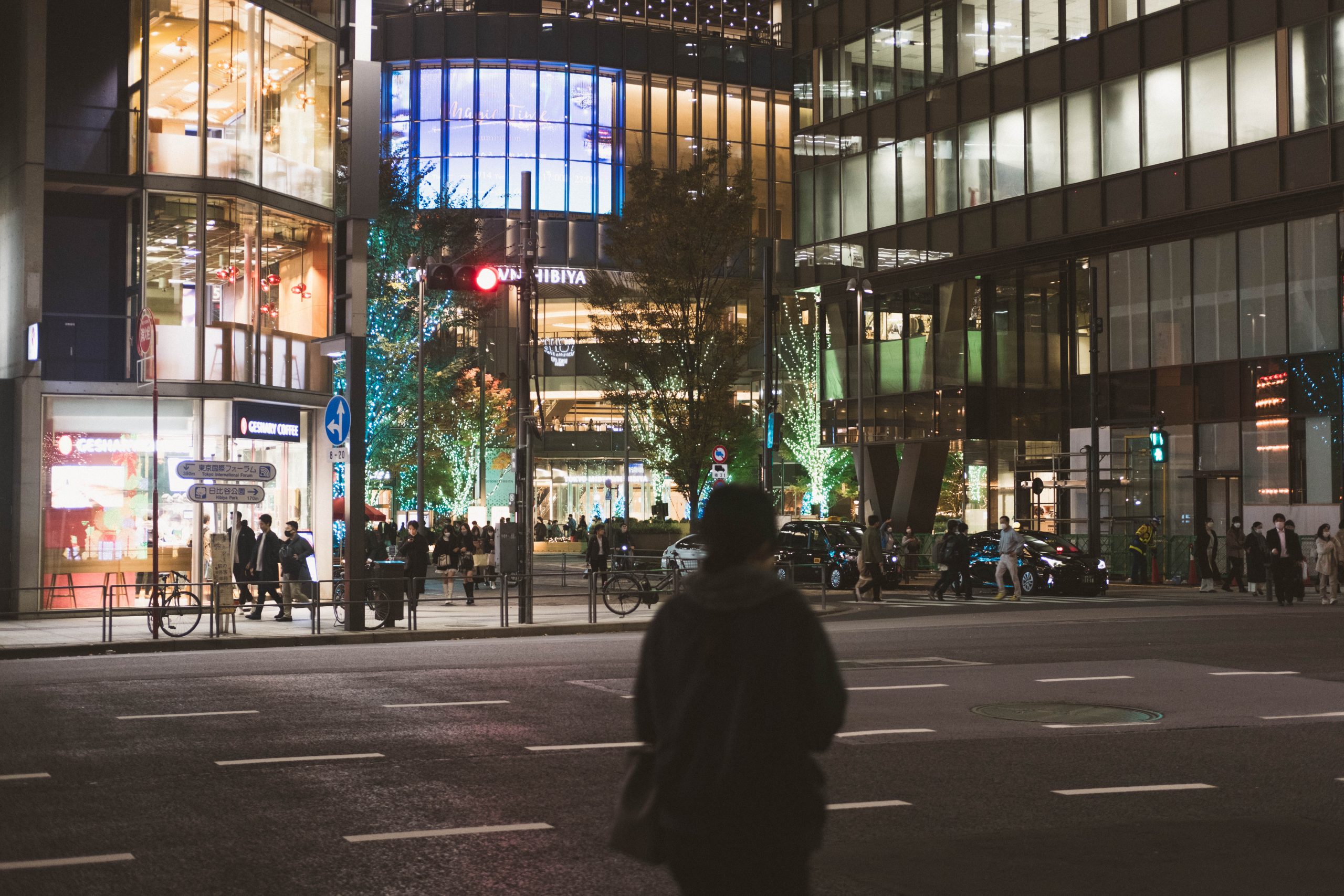
Useful resources for first timers
- When planning your first trip to Japan, make sure to check the dos and don’ts.
- Learn what to pack for Japan to ensure you have the perfect wardrobe for every season.
- When planning your first trip to Tokyo, consider the best time to visit Japan. Keep in mind that cherry blossom season is a lot busier and more expensive.
- Booking your activities in advance is highly recommended to avoid queuing and ensure availability, especially for popular attractions.
- While Japanese food is excellent everywhere, a food tour can take you to lesser-known gems and off the beaten path izakayas for a unique culinary experience.
- If you plan to stay longer in Japan, check out our Japan itineraries with details on where to go and how to plan the perfect trip. For this, invest in a JR Pass to save money on JR trains.
- Customs and manners in Japan can be unique, so make sure to familiarize yourself with our Japanese customs and manners book. It contains fun Japanese illustrations and crucial information on how to behave in various scenarios when visiting Tokyo.
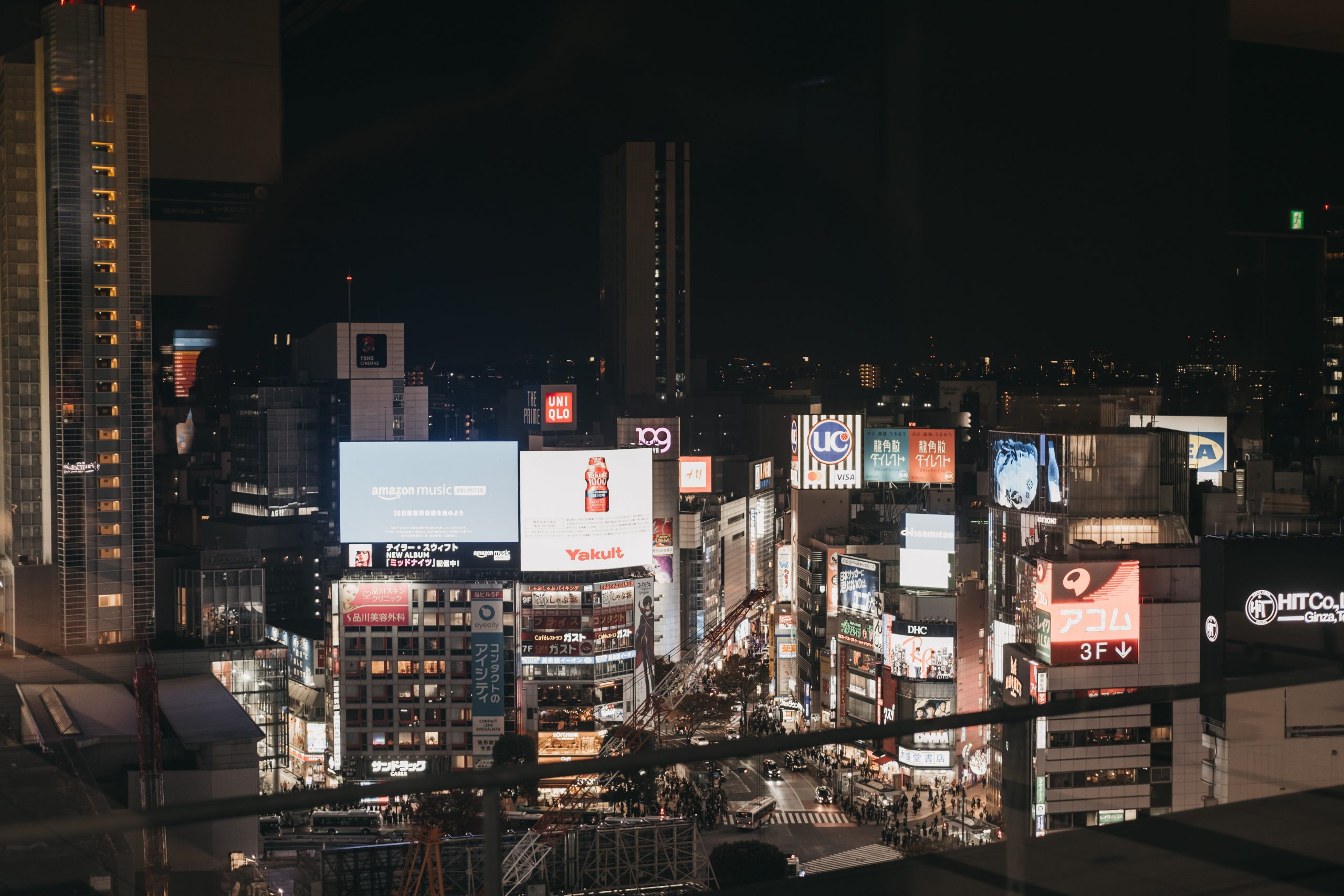
How to get around Tokyo
Tokyo has 23 wards and it’s a huge city. While that might seem overwhelming, the Tokyo subway and train system is impressively well-connected, making every attraction and location in this itinerary easily accessible. The Tokyo subway lines are clearly marked and colour-coded. If you use Google Maps on your phone, you can easily get around the whole city.
As previously mentioned, do get a prepaid Suica or Pasmo card for convenient and seamless commuting. This card allows you to just tap to at the subway gates when you enter and when you exit. It saves so much time.
Suica and Pasmo are now available as apps too, but I still recommend a physical card in case you don’t have Wi-Fi or signal and can’t top up your app on the go.
Many of Tokyo’s neighbourhoods are pedestrian-friendly, perfect for exploring on foot. If you like cycling, take advantage of Tokyo’s growing bike-sharing system for a fun and efficient way to get around.
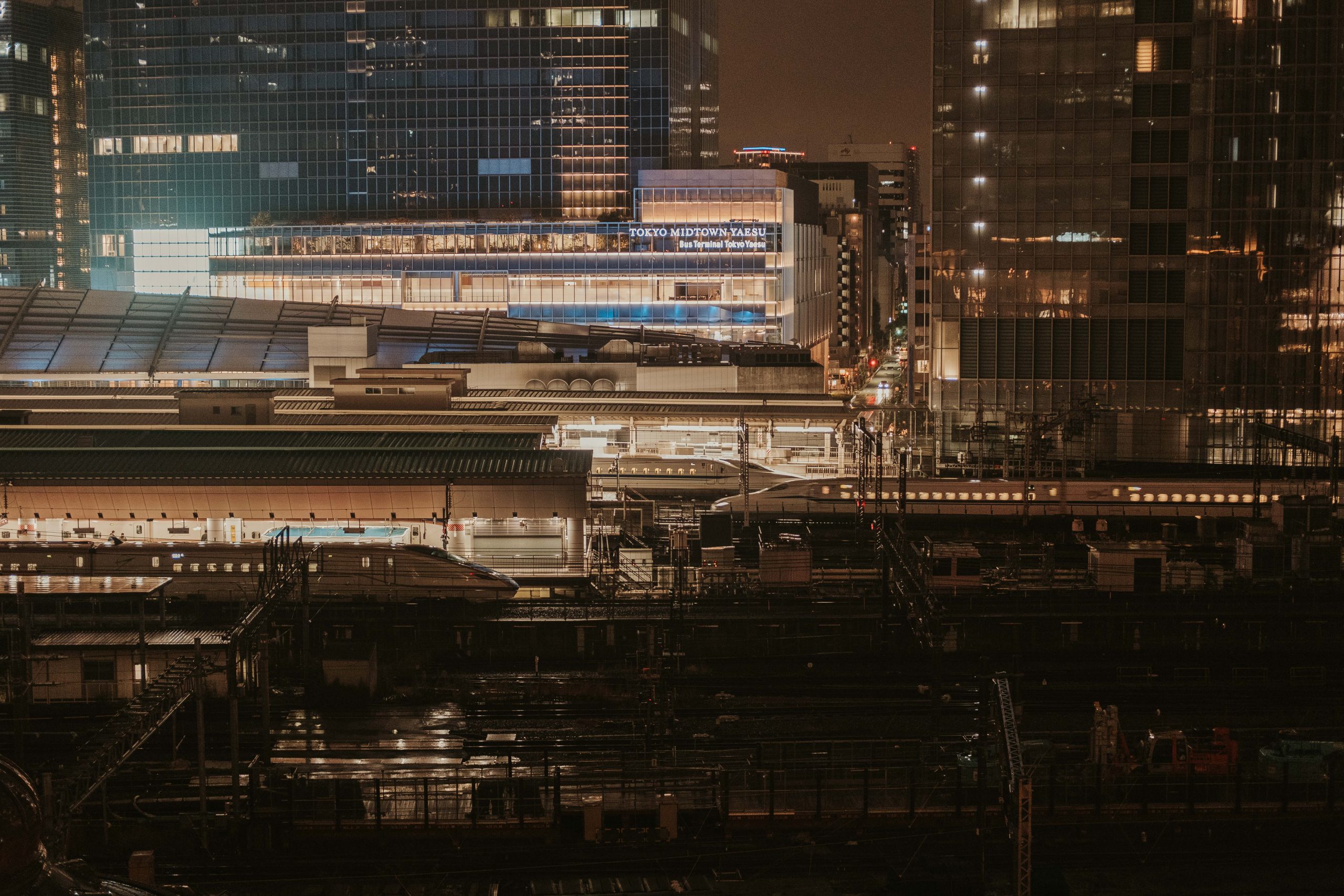
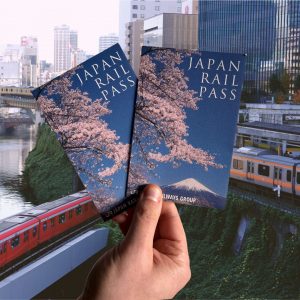
Japan Rail Pass
The optimal way to explore Japan is with a rail pass that is available for durations of 7, 14, or 21 days, offering unlimited travel across the country. Shinkansen included!
How to get to Tokyo from Narita Airport
Here are three options for getting from Narita Airport to Tokyo:
Narita Express (My recommended route) – The Narita Express is a limited express train that connects Narita Airport with major stations in Tokyo, such as Tokyo Station, Shinjuku Station, Shibuya Station, and Shinagawa Station. The journey takes around 1 hour to reach Tokyo Station, and it costs approximately 3,070 yen. If you have a JR Pass, you can use it on the Narita Express.
Keisei Skyliner – The Keisei Skyliner is a high-speed train that connects Narita Airport with Nippori Station and Ueno Station. It takes around 45 minutes to reach Ueno, and the fare for a reserved seat is about 2,520 yen. From Ueno Station, you’ll need to change to a local subway line to reach your final destination in Tokyo.
Limousine Bus – Airport limousine buses offer another option, connecting Narita Airport with major hotels and train stations in Tokyo. The journey can take anywhere from 60 to 120 minutes, depending on traffic, and fares range from 2,800 to 3,100 yen.
How to get to Tokyo from Haneda Airport
Here are three options for getting from Haneda Airport to Tokyo:
Tokyo Monorail (My recommended route) – The Tokyo Monorail connects Haneda Airport with Hamamatsucho Station. From there, you can transfer to the JR Yamanote Line and JR Keihin-Tohoku Line. The trip takes about 13-18 minutes and costs 500 yen. If you have a JR Pass, you can use it on the Tokyo Monorail.
Keikyu Line – The Keikyu Line connects Haneda Airport with Shinagawa Station. The trip takes about 11-14 minutes and costs 300 yen. Change here for the local subway lines.
Limousine Bus – Another option is taking the airport limousine buses, which connect Haneda Airport with major hotels and train stations in Tokyo. The journey can take between 30-90 minutes, and fares range from 800 to 1,300 yen.
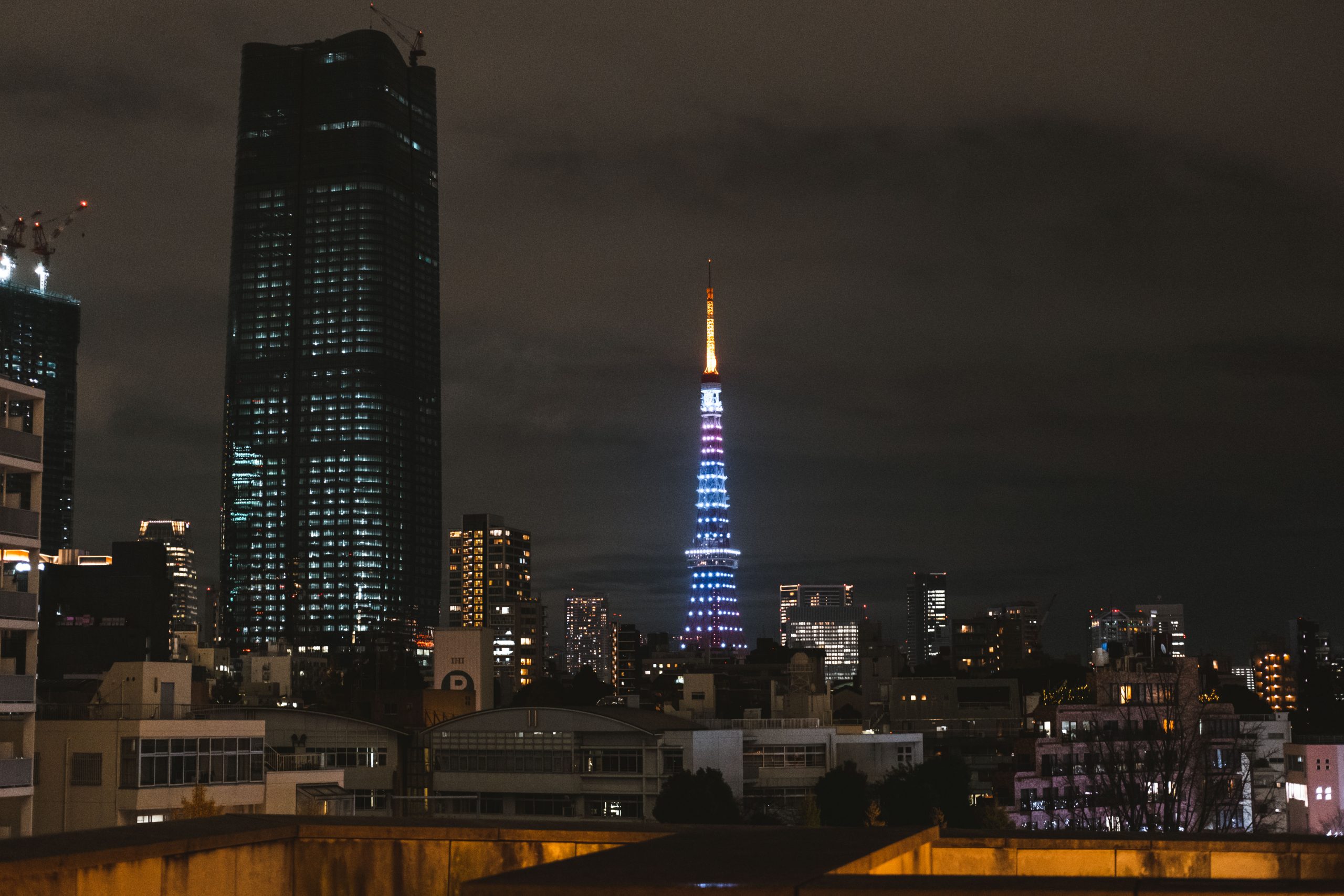
Where to stay in Tokyo
Because you’re only staying for 3 days in Tokyo, you should stay somewhere close to a subway line, so you can easily travel between all the attractions. On this occasion, I recommend staying in either Shibuya or Shinjuku as they are both major transportation hubs, thus helping you maximize your time here in Tokyo.
For a complete breakdown on all important areas in Tokyo and reviews of my favorite hotels, read my where to stay in Tokyo article. I elaborate on different areas and why they are most suitable for your type of travel style and budget. I also recommend accommodation in Tokyo, organized by budget to make it easier for you to pick.
- Best luxury hotel: Hotel Chinzanso Tokyo
- Best mid-range hotel: The Blossom Hibiya
- Best budget hotel: Tokyu Stay Shinjuku Eastside
For more hotels and reviews, I recommend using Booking.com for accommodation in Tokyo.
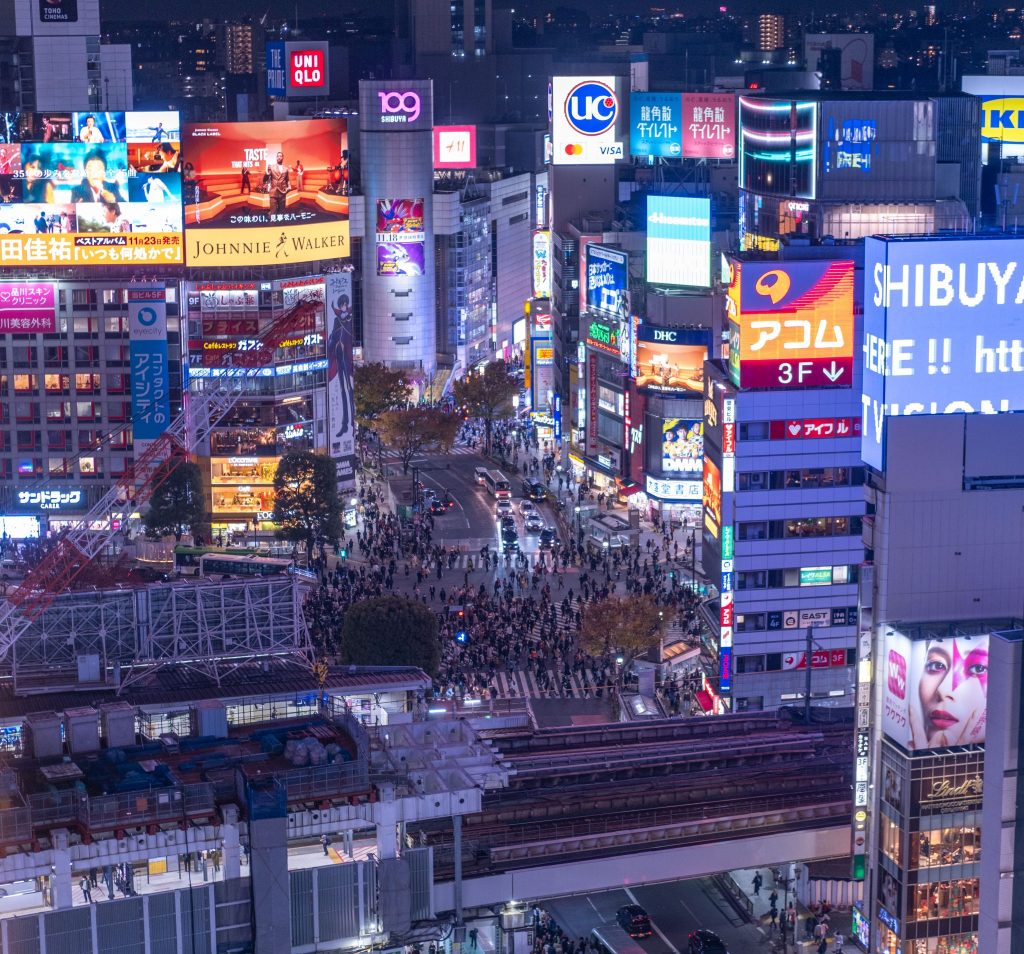
Day 1: Shibuya
Meiji Shrine
Take it easy on your first morning as you recover from jet lag. Start the day at the relaxing Meiji Shrine, a famous Shinto Shrine dedicated to Emperor Meiji and Empress Shoken. The shrine is surrounded by a superb, lush forest, so you’ll really be forgiven for thinking you’re not in a Megapolis. But Meiji is the perfect transition into what’s in store for you here in Tokyo. Pass through a massive wooden torii gate, pay your respects as you enter the shrine complex. There are many traditional weddings held at Meiji shrine, so you might be fortunate enough to see one while you’re there. Don’t forget to go to the counters to purchase an ema, which is a wishing Japanese wooden plaque. Write down your wishes and leave it behind at the complex, so the shrine deities can make sure it comes true. If you’re feeling up for it, walk in the nearby Yoyogi park as well, and don’t miss the gorgeous ginkgo tree avenue.
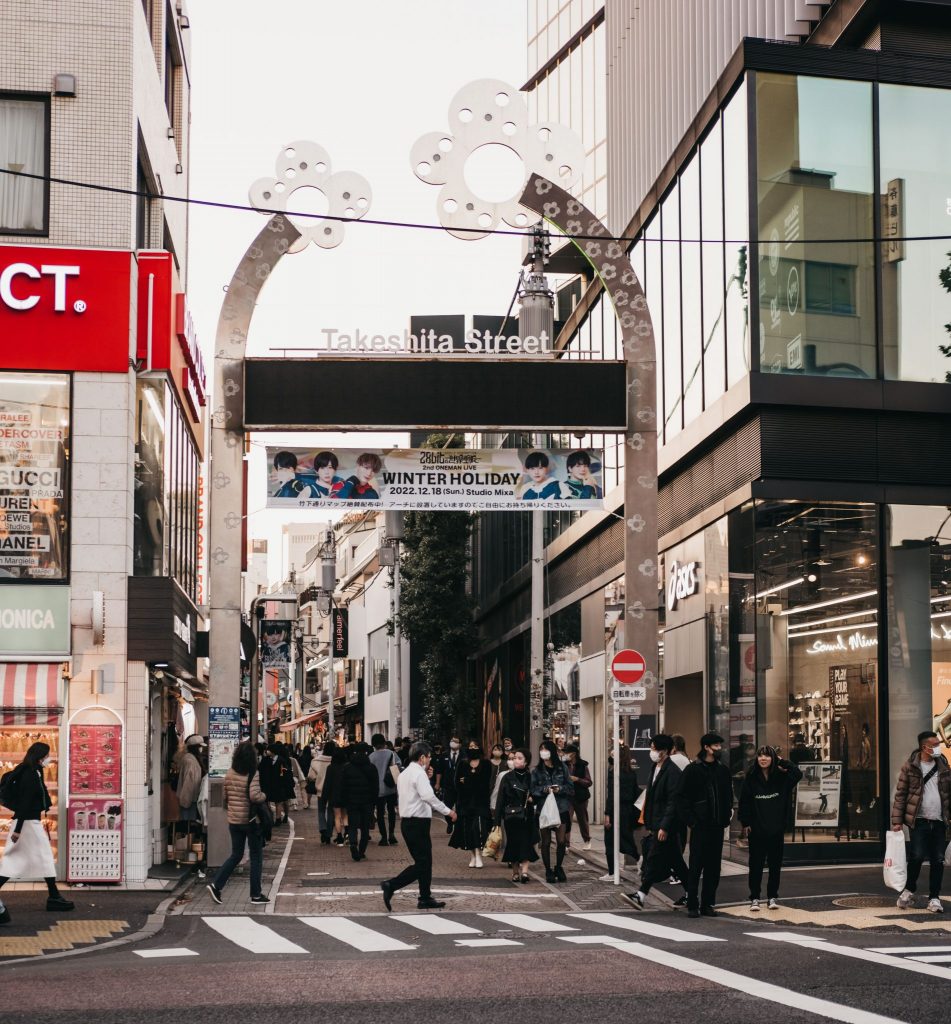
Harajuku
I hope you’re relaxed and feeling great because the next stop on your 3 days in Tokyo is Harajuku. It’s just a short walking distance from Meiji Shrine, so you don’t need to hop on the public transport. Head straight to Takeshita street to see a youthful and colourful Tokyo. This is the place for vintage fashion, eclectic stores and unusual foods. Try a crazy pancake from Marion Crêpes, Santa Monica Crêpes, or Angel’s Heart, then queue for your very own giant rainbow-colored cotton candy at Totti Candy Factory. If you’re feeling hungry, I recommend enjoying some Tonkatsu from Maisen Aoyama which is just 10-minute walk from Takeshita street.
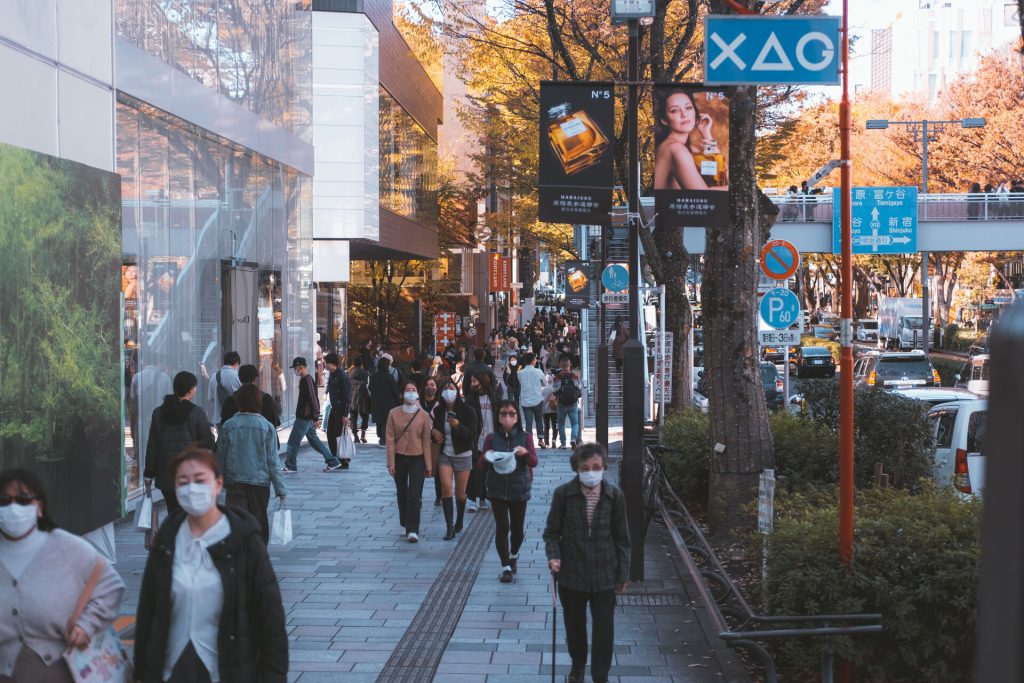
Omotesando
Walk for 4 minutes to reach Omotesando Avenue. Often referred to as Tokyo’s Champs-Élysées and is perfect for window shopping or indulging in some retail therapy. It’s lined with gorgeous zelkova trees, so it looks splendid during autumn, when the leaves turn all yellow and gorgeous or in the summer as it’s leafy and inviting. The whole avenue is full of shops, shopping malls and restaurants, so you can definitely find something interesting here.
Head to Omotesando Hills for some luxury shopping, pop into Imperfect Omotesando for a delicious chocolate bar or go to Gyre mall to grab a Yayoi Kusama decorative pumpkin as a Japanese souvenir from MoMA Design store.
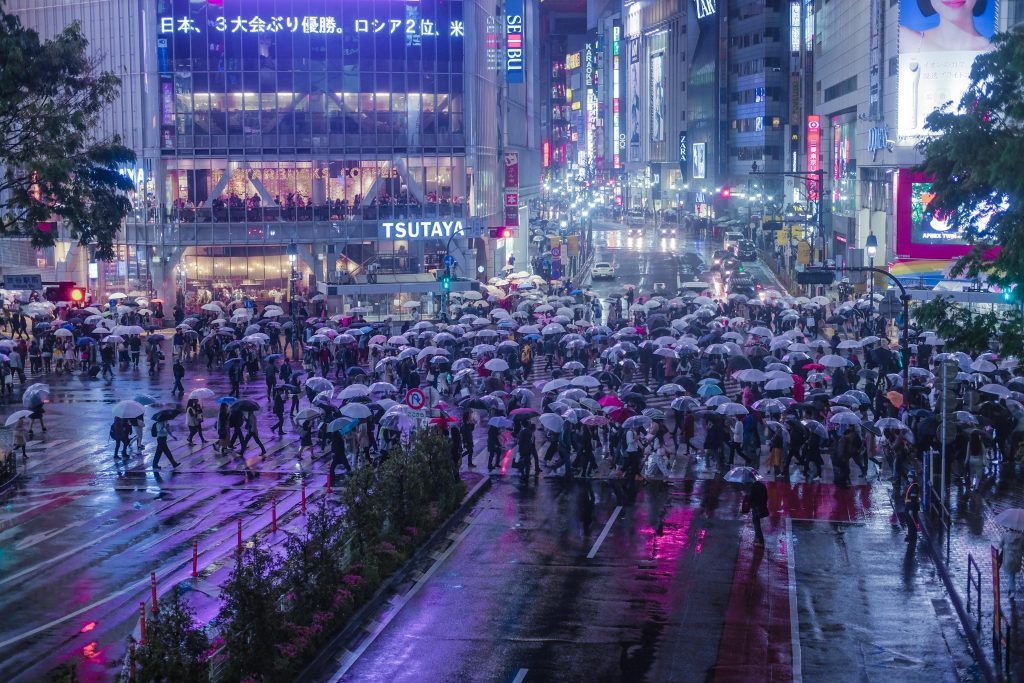
Shibuya Crossing
From Omotesando, it’s easy to walk to the Shibuya Crossing. It’s only a leisurely 20-minute walk, that takes you in front of Shibuya crossing. Alternatively, you can grab the subway to Shibuya station. Make sure to take the Hachiko Exit at the Shibuja Station to see the popular statue of Hachiko the dog. It’s time to truly enjoy the famous Shibuya Crossing. Shibuya Crossing is one of the busiest intersections in the world, with an estimated 500,000 people crossing it every day. Take part in the fun and while it may appear overwhelming at first, it’s so cool to see how everyone crosses fast and effortless.
Shibuya Sky
Located on the rooftop of the Shibuya Scramble Square skyscraper, Shibuya Sky is a 360-degree observation deck that offers panoramic views of the city, including Shibuya Crossing.
Hikarie Building
This shopping complex is located next to Shibuya Station. Head to the 11th floor for free views of Shibuya district and the pedestrian scramble.
Starbucks Shibuya Tsutaya
This Starbucks location is situated across from Shibuya Crossing. The café is often crowded, but visitors can enjoy their coffee while watching the people cross.
Shibuya Excel Hotel Tokyu
This hotel is located directly above Shibuya Station and features a restaurant and bar on the 25th floor with views of the scramble. The bar is called Bellovisto.
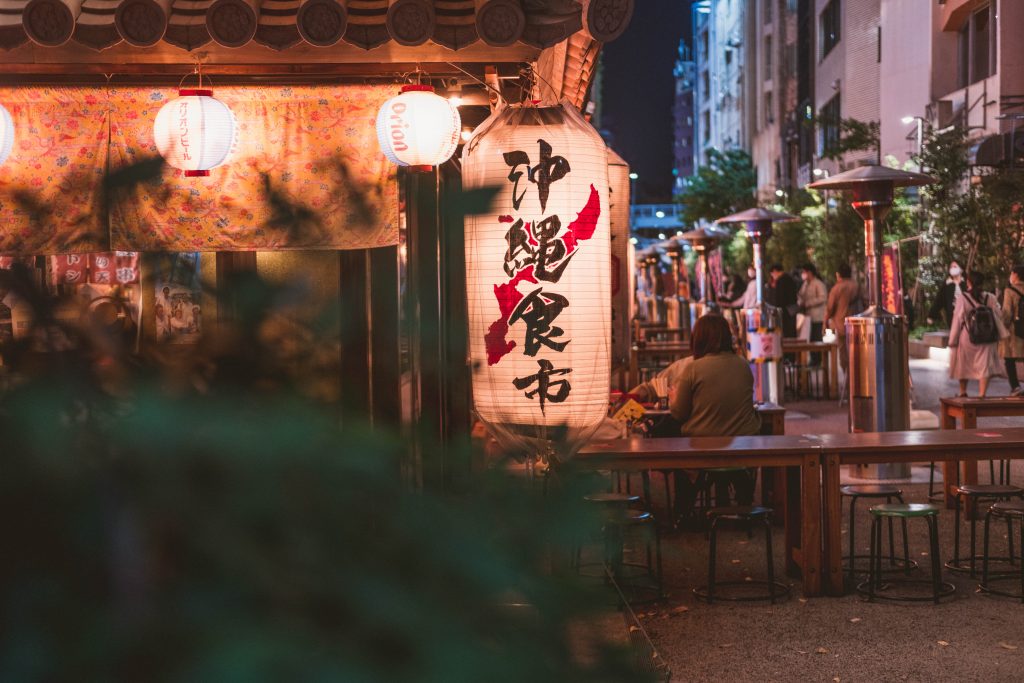
Shibuya District
There are so many cool things to do in Shibuya, but with limited time, you need to prioritize the coolest places. Visit Loft, one of the coolest shops in Shibuya, full of cool Japanese products and ideal for souvenirs. Shibuya Parco is another great place, and it’s home to Japan’s first official Nintendo store. If you don’t fancy more shopping, simply head to its rooftop garden and admire Tokyo from above. It looks especially peaceful and wonderful in the evening. For atmospheric photos, head to Shibuya Yokocho and grab a quick snack from the many izakayas there.
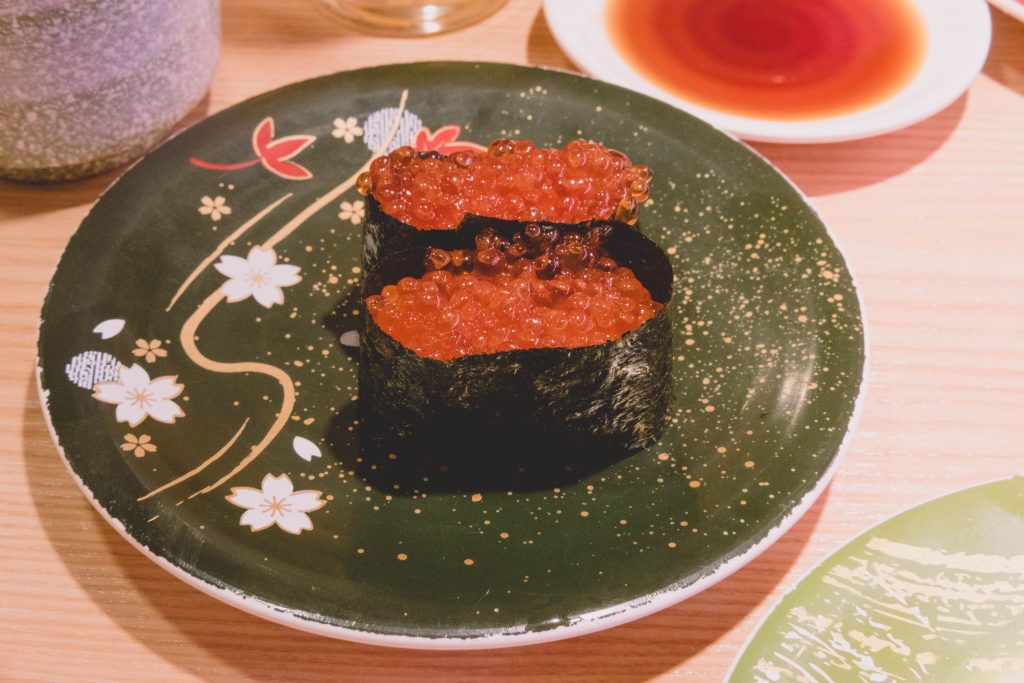
Dinner – Conveyor belt sushi
The final piece of the puzzle for your first day is to indulge in some fantastic sushi. When in Tokyo, sushi is everything, right? Head to Katsumidori Seibu Shibuya, a foreign friendly conveyor belt sushi restaurant. It’s great because you can order your sushi on a tablet, which means you can take your time to decide without any pressure. The menu is available in English as well and once you order, the sushi gets delivered fresh on a mini Shinkansen directly to your table. It’s super cute and fun. Besides, prices are affordable, it’s a lively atmosphere, and you can really take your time to try as many types of sushi as possible.
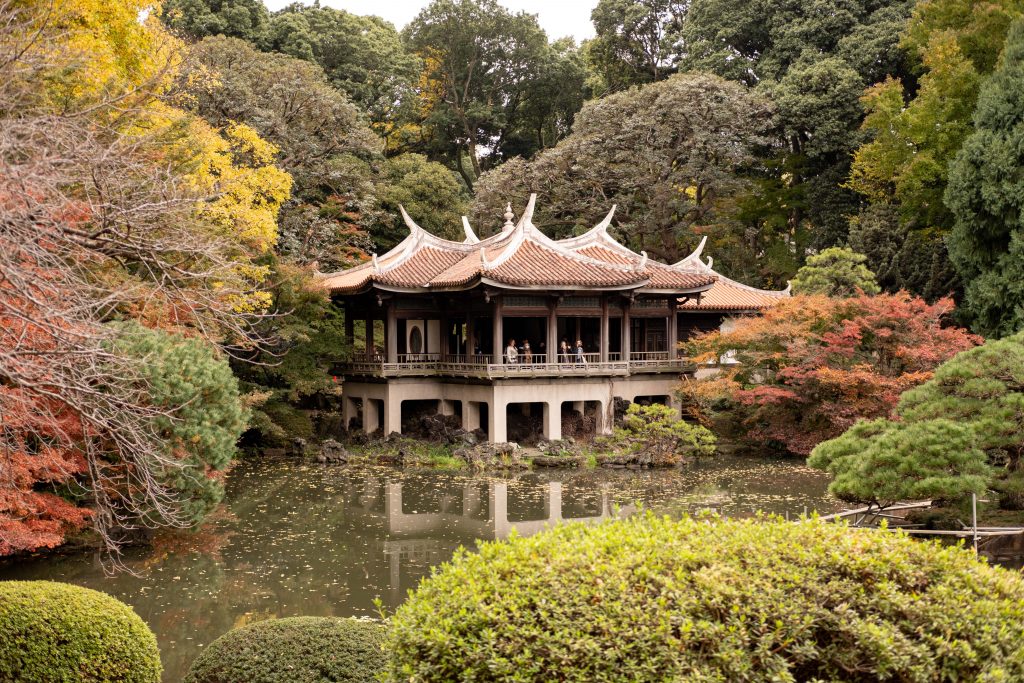
Day 2: Shinjuku
Shinjuku Gyoen
Time for your second day here out of your 3 days in Tokyo. I hope you’re now more in tune with the city. Start the day with a trip to Shinjuku Gyoen, one of Tokyo’s largest parks. It’s stunning and huge, so don’t expect to do it all in one morning. The park comprises three main sections: the Japanese Traditional Garden, the French Formal Garden, and the English Landscape Garden. Visit during cherry blossom season or autumn for the most breathtaking views.
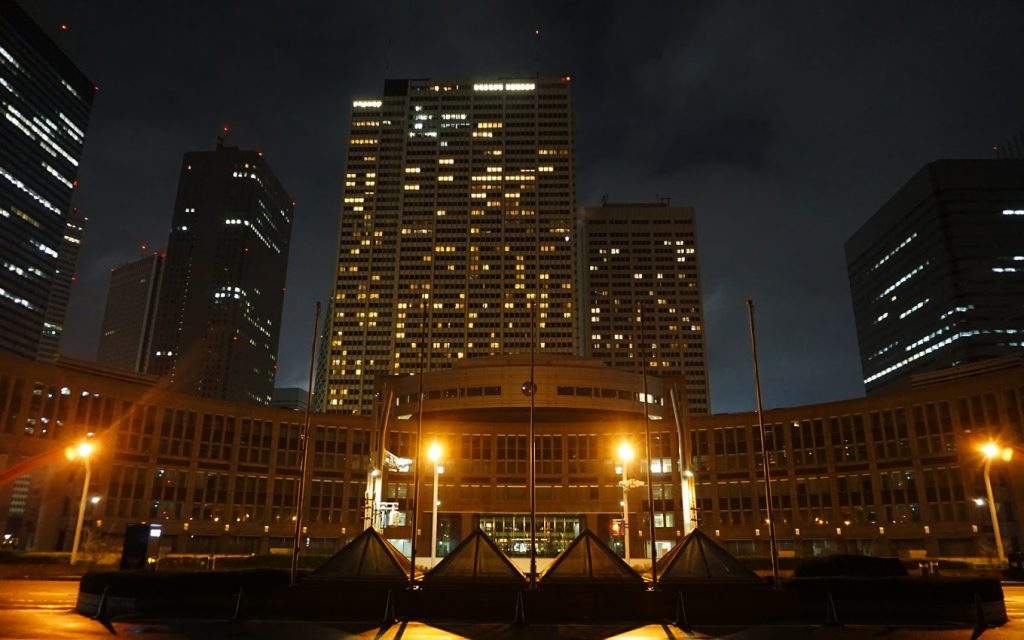
Tokyo Metropolitan Government building
There are many things to do in Shinjuku. You can spend your whole Tokyo itinerary here and still find new attractions and fun things to see. So, we must prioritize to ensure you see the top highlights.
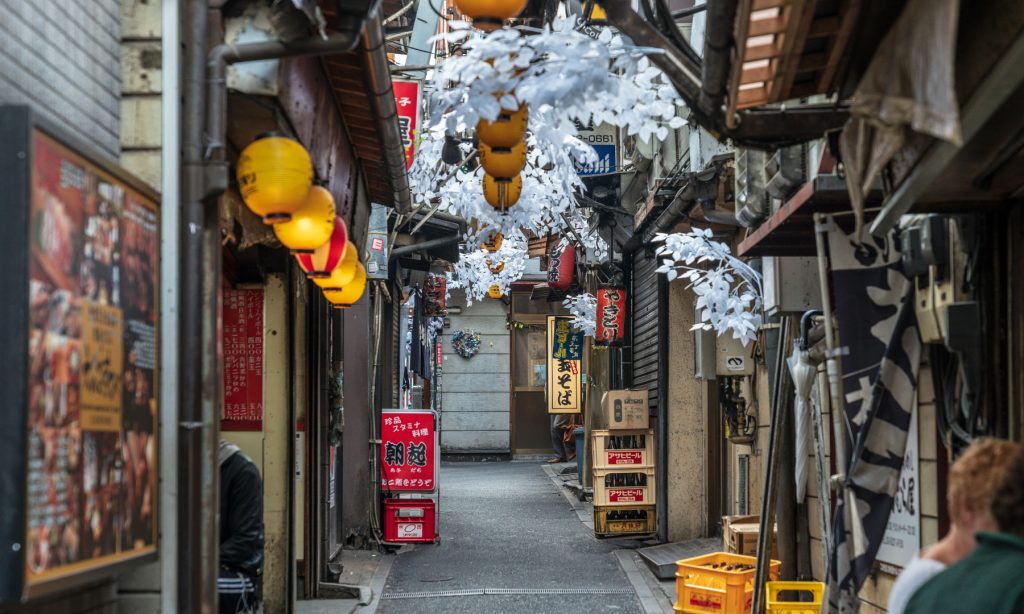
Omoide Yokocho
Often called Piss Alley or Memory Lane, this narrow alleyway is home to an array of cozy and intimate izakayas. The area is very popular with salarymen and tourists who come here to enjoy yakitori (grilled chicken skewers), kushikatsu (deep-fried skewers), and other Japanese comfort foods.
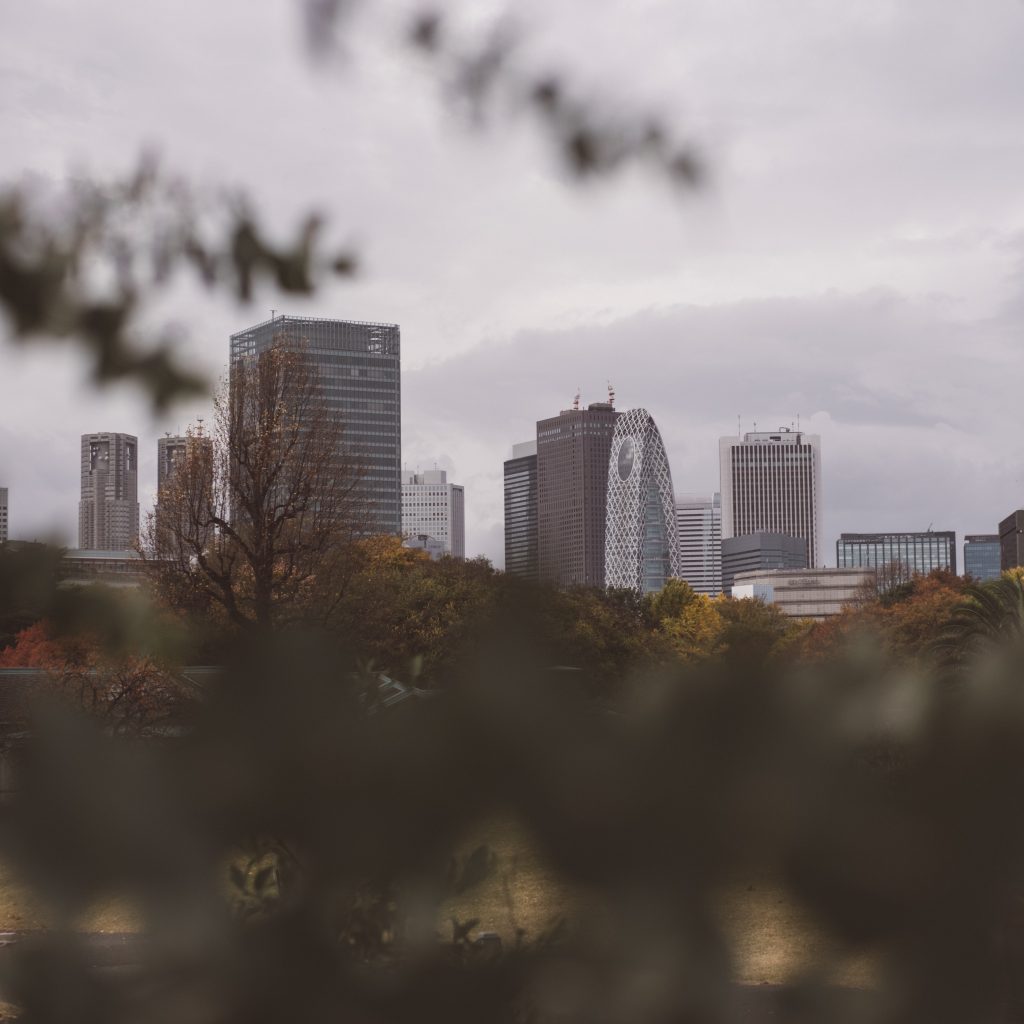
Shopping and entertainment
There are so many cool shops to enjoy in Shinjuku, ranging from budget like Don Quijote all the way to high – end Isetan or Takashimaya. If you are after souvenirs, snacks and wacky items, then definitely make your way to Don Quijote (Donki) which is a 24/7 department store with everything you can possibly want/need to buy from Japan. Isetan features multiple floors of upscale shopping, including a high-end food hall, and is popular with both locals and tourists looking for luxury shopping experiences.
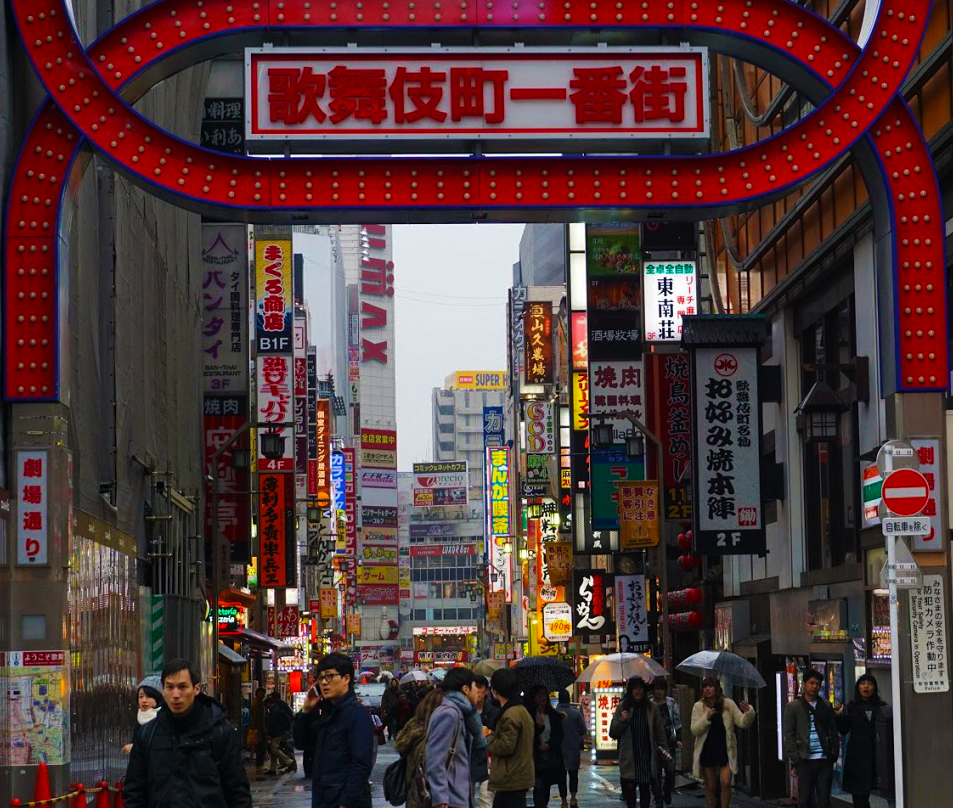
Kabukicho and Golden Gai
No trip to Shinjuku is complete without a trip around Kabukicho and Golden Gai. Just please be aware that Kabuckiho is Asia’s largest red-light district. Ideally, you’ll walk around and look at the establishments and the fun neon lights without actually entering them. Golden Gai is great if you’re interested in rubbing elbows with actual locals and residents. Just note that Golden Gai features many small and intimate bars, some which can only seat a handful of people.
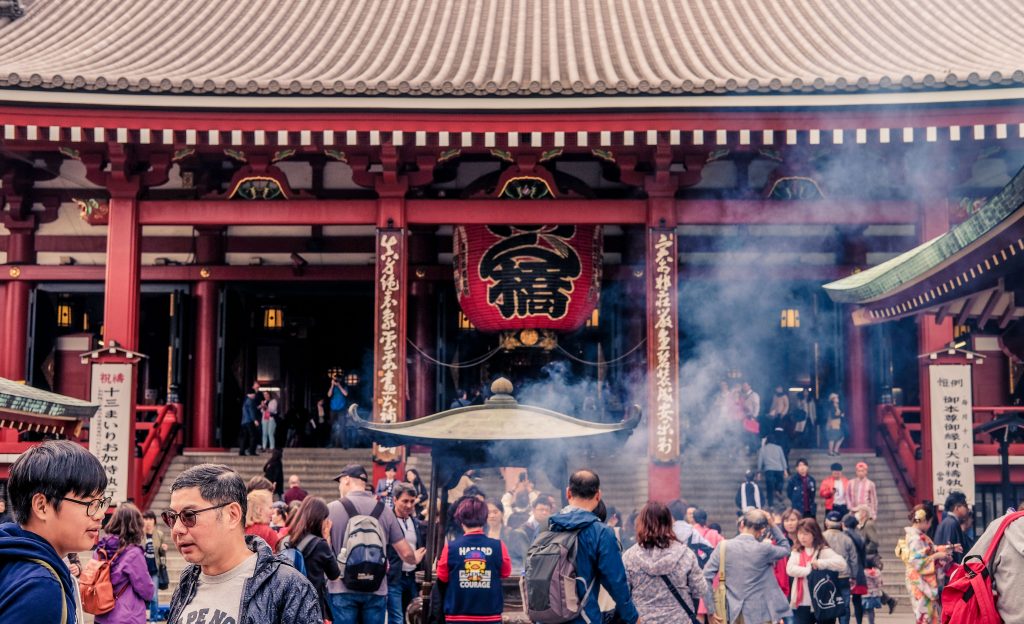
Day 3: Asakusa and Ueno
Sensoji temple
Start your last day of your 3 days in Tokyo with a morning visit to the famed Sensoji temple, located in Asakusa district. Founded in 628, Senso-ji is dedicated to Kannon, the Buddhist goddess of mercy. I recommend that you come visit as early as you can, as this is a very popular attraction, and it often gets fairly crowded by noon.
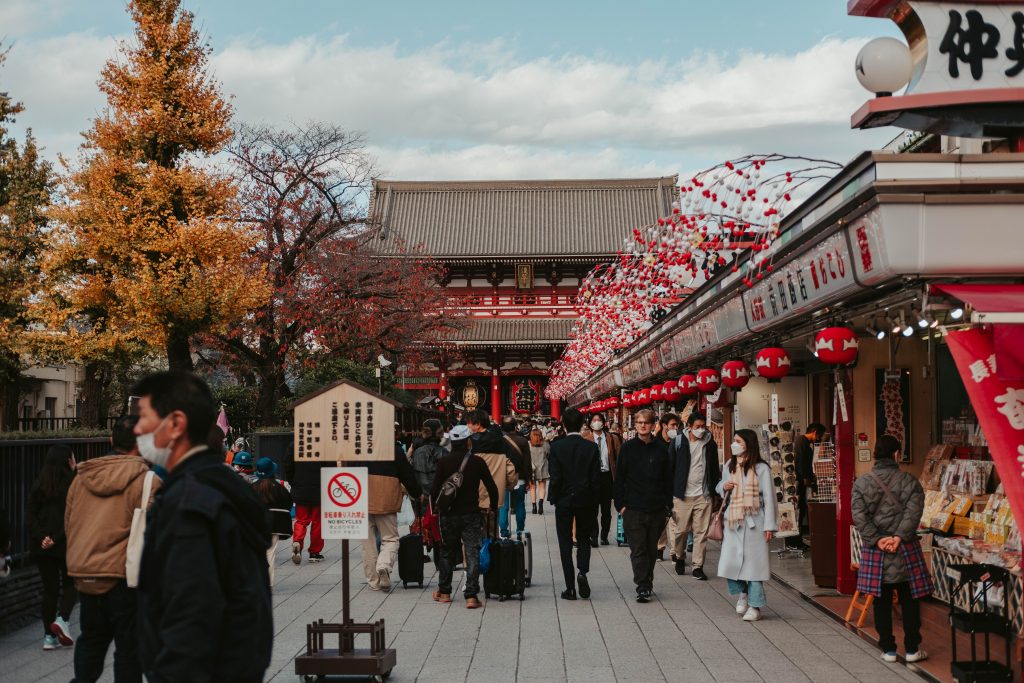
Nakamise shopping street
After Sensoji, it’s time to get some delicious snacks from Nakamise shopping street, a historic pedestrian alley lined with shops and stalls. The street is right in front of Sensoji, and it’s the ideal place to gran some folding fans, kimonos, and local crafts but also to try some local street food. Try some rice crackers, Senbei (rice crackers), Manju (sweet buns), Ningyo Yaki (cake shaped like dolls) or Mitarashi Dango (sweet rice dumplings).
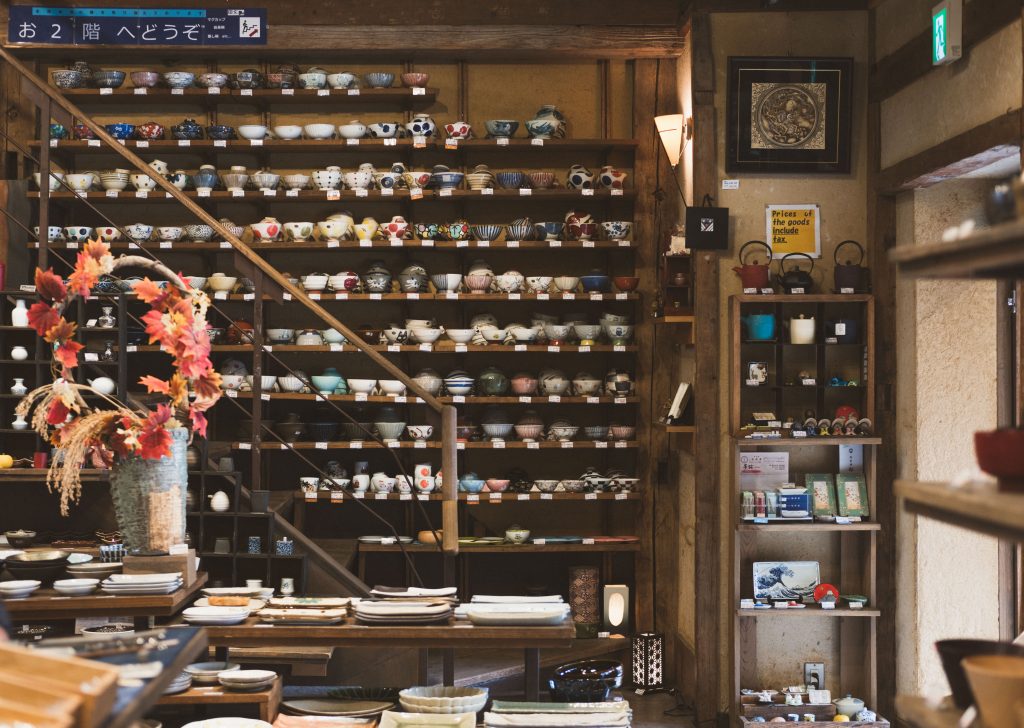
Kappabashi Street
Kappabashi Street, also known as Kitchen Town, is a must-visit for high-quality and affordable kitchenware. With over 170 shops, it’s popular among restaurant owners, chefs, and tourists. You can find superb sake sets, ramen bowls, chopsticks, and more for very reasonable prices. Take your time to browse and find your perfect ceramics. And if you decide to buy something, the shopkeepers will wrap them up carefully for easy transport back home. I loved this street so much, I always think it’s such a must, even for a shorter Tokyo itinerary. It’s just a 15-minute walk from Senso-ji.
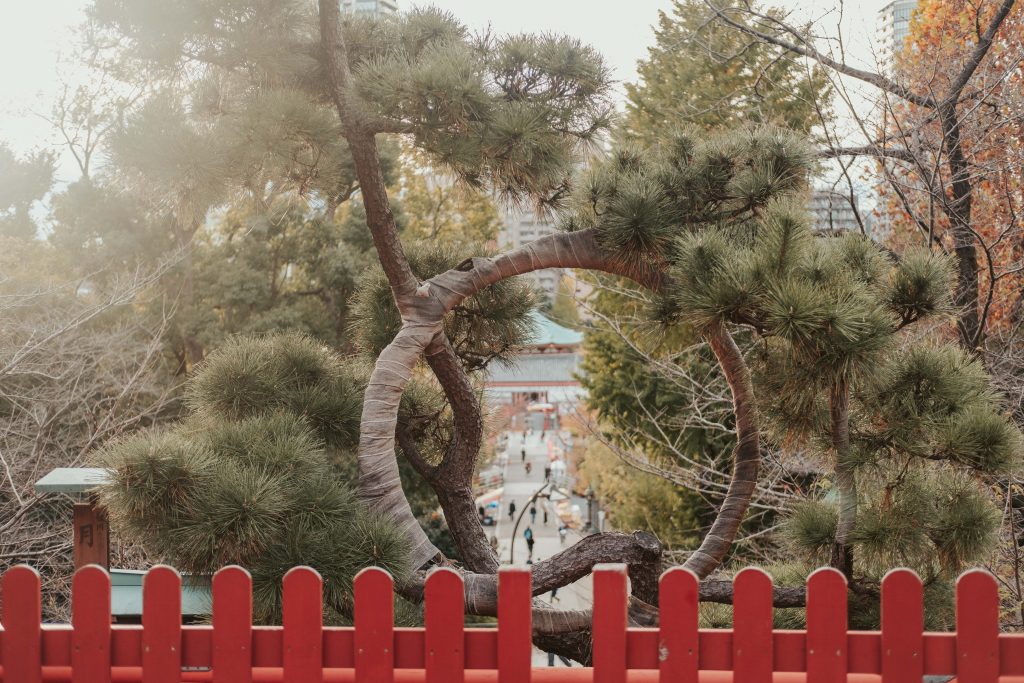
Ueno Park
Walk for about 20 minutes to Ueno Park, a large park in Tokyo with beautiful gardens, museums, temples, a beautiful pond and even a zoo. There are many things to do in Ueno Park, but as always, we must prioritize the most important attractions. If you are a history or art lovers, know that the Tokyo national museum and Tokyo metropolitan art museum are both located in Ueno Park.
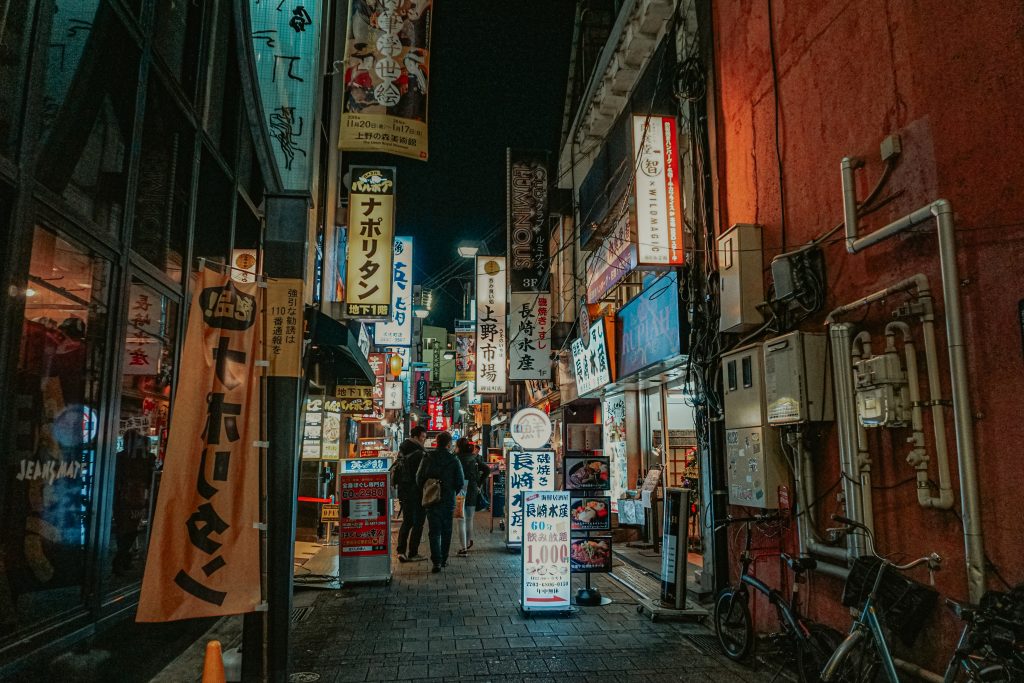
Ameyoko
Ameyoko is the last stop on this 3 day itinerary. Ameyoko is a lively shopping street right next to Ueno Station, so you are already in the neighborhood. It’s known to be a former black market area, nowadays, an exciting and colorful place with fun stalls and street food. In the evening, it’s the perfect place to try some street food for dinner, such as takoyaki, yakitori, and taiyaki. If you’re still hungry, explore the numerous restaurants and bars in the area, including traditional izakayas for a variety of food and drinks.
I’m sure by now you will be in love with Tokyo, so if you do decide to extend your trip, make sure to check out my Tokyo 5 day itinerary and the super awesome Tokyo 7 day itinerary.
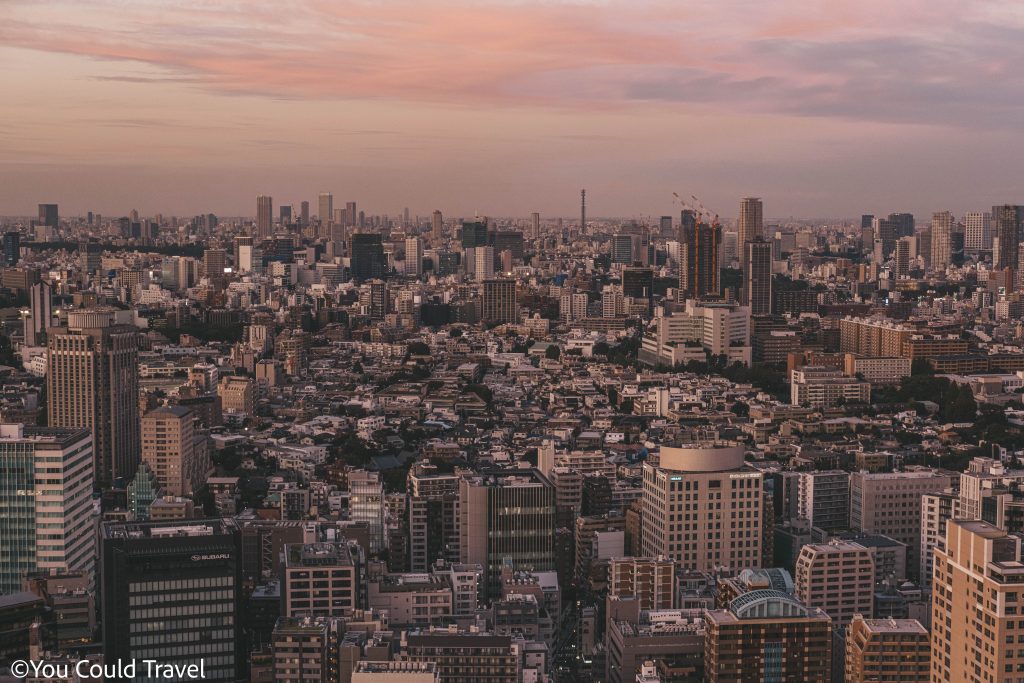
More things to add to your 3 day itinerary
I created this itinerary guide to ensure you get to see the most important attractions but also to enjoy a varied experience where modern Tokyo (Shinjuku and Shibuya) meets traditional Tokyo (Asakusa and Ueno).
But of course, there are many things you can add to your itinerary to make it even fuller and more energetic. Here are some of the extras you could consider for your 3 days in Tokyo.
Imperial Palace and East Gardens – The Imperial Palace and East Gardens are a must-visit destination in Tokyo. The Imperial Palace is the residence of the Emperor of Japan and is surrounded by beautiful gardens and parks. The Imperial Palace East Gardens are open to the public, and they are free of charge.
Kitte Building – A cool shopping and dinning complex with a fantastic rooftop garden which offers great views over the Tokyo station. You can see the beautiful Shinkansens coming and going. Kitte Building has great restaurants and cafés too. For example, I recommend Cafe Kai for fantastic matcha tiramisu.
Ginza Six – One of my favorite department stores in the whole of Tokyo, Ginza Six is truly unique. Not only does it have many shops and high-end stores, but it’s also home to a Starbucks Reserve Roastery, fantastic restaurants, a brilliant rooftop garden and even a Noh theatre. You can easily find so many fun things to do here.
Nezu Museum – A little less known, Nezu Museum is fantastic not just for its Japanese and Asian collection but for its immaculate garden. Should you visit during koyo in Autumn, this garden looks straight out of a Kyoto fairy tale. Don’t miss the Nezu Café for a seasonal cake and tea with the most stunning and tranquil views over the perfectly trimmed garden.
Tokyu Plaza Omohara Garden – Been coming here for almost a decade and I still can’t get enough of it. Tokyu Plaza Omohara Garden is on top of the Tokyu Plaza complex. It’s a serene garden with wooden decking, lush vegetation and fairy lights. It offers the perfect retreat from busy Tokyo. It also features stunning vista points over Tokyo and on a clear day, you can even see the tip of Mount Fuji.
Roppongi Hills Mori Tower – Whether you visit it for the Mori art museum or for the Observation Deck, Roppongi Hills is a popular attraction with locals and tourists alike. Mori Art Museum features really cool and modern art exhibitions which will spark a conversation about what our future holds. The observation deck is open, which means you can take some of the most stunning pictures of Tokyo from above.
teamLab – If you’re into digital art museums, then this is the place for you. You will be immersed in a world of light and sound. Each exhibition is designed to be interactive and immersive in its own way. However, I often do tell first time visitors to skip this as it’s extremely busy and because of its location, it can eat a whole morning from your itinerary. It’s also not very Tokyo representative and more tailored to tourists. Nevertheless, it is a unique attraction and I know, so many want to tick it off the bucket lists.
Sumo practice – Tickets to an actual sumo tournament usually book up for months in advance, but it doesn’t mean you can’t see some sumo players practising. Attend a sumo practice session, where you watch sumo wrestlers train and practice their moves. The sumo practice sessions are held early in the morning.
Tsukiji fish market/Toyosu fish market – The main Tsukiji fish market has moved to Toyosu fish market now. So if you want to see a tuna auction happening, then you do have to go to Toyosu for it. However, if you just want some fresh sushi and some snacks, Tsukiji outer market is still open to visitors. The stalls do get quite busy, so it’s recommended that you visit first thing in the morning.
Akihabara – Akihabara has its own interesting reputation, but I feel there are a lot more interesting places to visit in Tokyo instead. Akihabara is your place if you wish to visit a pachinko, want to purchase actual electronics, are interested in Japanese anime and toys or want to play arcade games. It’s also the place for maid cafés. It’s a cool area to pass and photograph, though, especially in the evening.
Tokyo Bay – Tokyo Bay is a beautiful and picturesque bay that is located in the heart of the city. Take a boat tour of the bay to see some of Tokyo’s most iconic landmarks, including the Rainbow Bridge and the Tokyo Tower.
Evening pub crawl – If you really want to experience some of the coolest and lesser known places in Tokyo, I do recommend signing up for a pub crawl. My husband and I did this and really enjoyed our time with a Japanese local. We learnt so much about Japanese drinks, snacks and got to visit some epic izakayas which we wouldn’t have otherwise.
Final Thoughts
I hope you enjoyed this 3 day itinerary guide which is full of awesome things to do, epic places to visit and really great attractions.
I created this itinerary to make your time in Tokyo spectacular. As with all Japan guides and articles, I strive to make it obvious that Japan is my favorite country and Tokyo remains my true home and favorite place in this whole world.
I lived in Tokyo before and loved every moment of it, and continue to visit Tokyo every single year. I do create these itineraries to ensure you do maximize your time in Tokyo and really do experience the best of the city.
Please don’t forget to check my ultimate Japan travel guide, which really does contain all the information you’d otherwise get in an expensive guidebook. It’s free and dedicated to all Japan lovers out there. Do check my Japanese customs and manners book, which I’ve created in partnership with a Japanese illustrator. Enjoy your Tokyo trip!
Frequently Asked Questions
How can I spend 3 days in Tokyo?
In my complete Tokyo 3 day itinerary, I suggest that you spend each day seeing as much as possible in Shibuya, Shinjuku, Asakusa and Ueno:
Day 1) Shibuya and Harajuku
Day 2) Shinjuku
Day 3) Asakusa and Ueno
My 3 day in Tokyo itinerary ensures that you see the top highlights, experience the most iconic neighborhoods and visit cultural sites too. I leave enough time to enjoy the best Japanese food, experience some culture, and also make sure you have shopping experiences for gifts and souvenirs.
How many days are needed in Tokyo?
I lived in Tokyo for months and I still feel there is much left to be discovered. Tokyo is a vast with endless things to do, epic attractions and so many restaurants, each specializing in unique dishes. For a first timer to Tokyo, I think spending 7 days in Tokyo is the optimum amount of time to really dive deep into what Tokyo has to offer and experience some lesser known areas and neighborhoods too. Besides, you can even allocate a day or two for day trips to places like Nikko, Yokohama, Hakone, or Nagano.
Is 4 days in Tokyo too much?
No, 4 days in Tokyo is not too much. In 4 days you can comfortably explore the city’s top attractions, some of the most iconic districts like Shibuya and Shinjuku while still having time to see the lesser known areas like Yanaka Ginza. If you want to experience Tokyo in depth, you might even find 4 days to not be enough to experience everything the city has to offer.
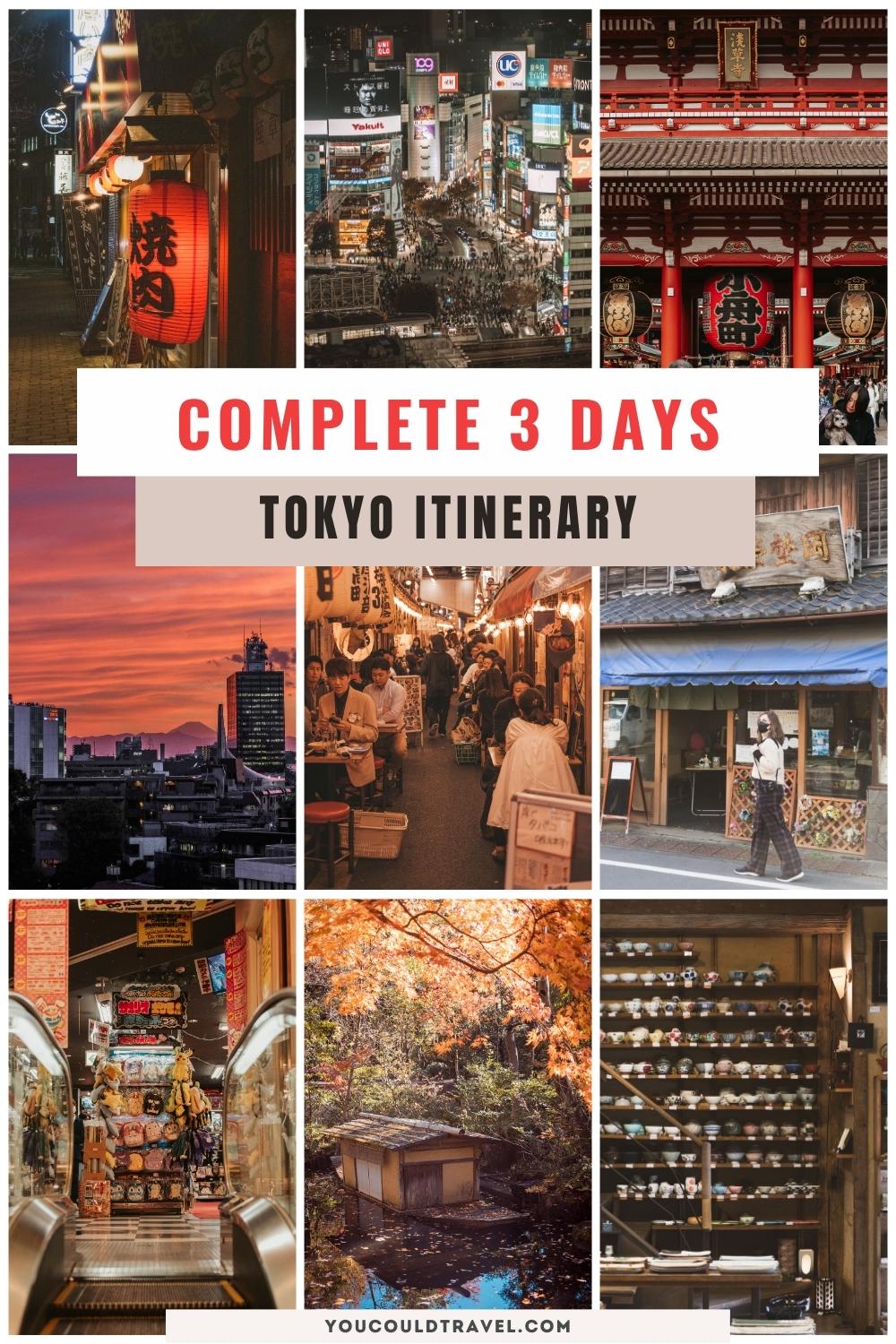
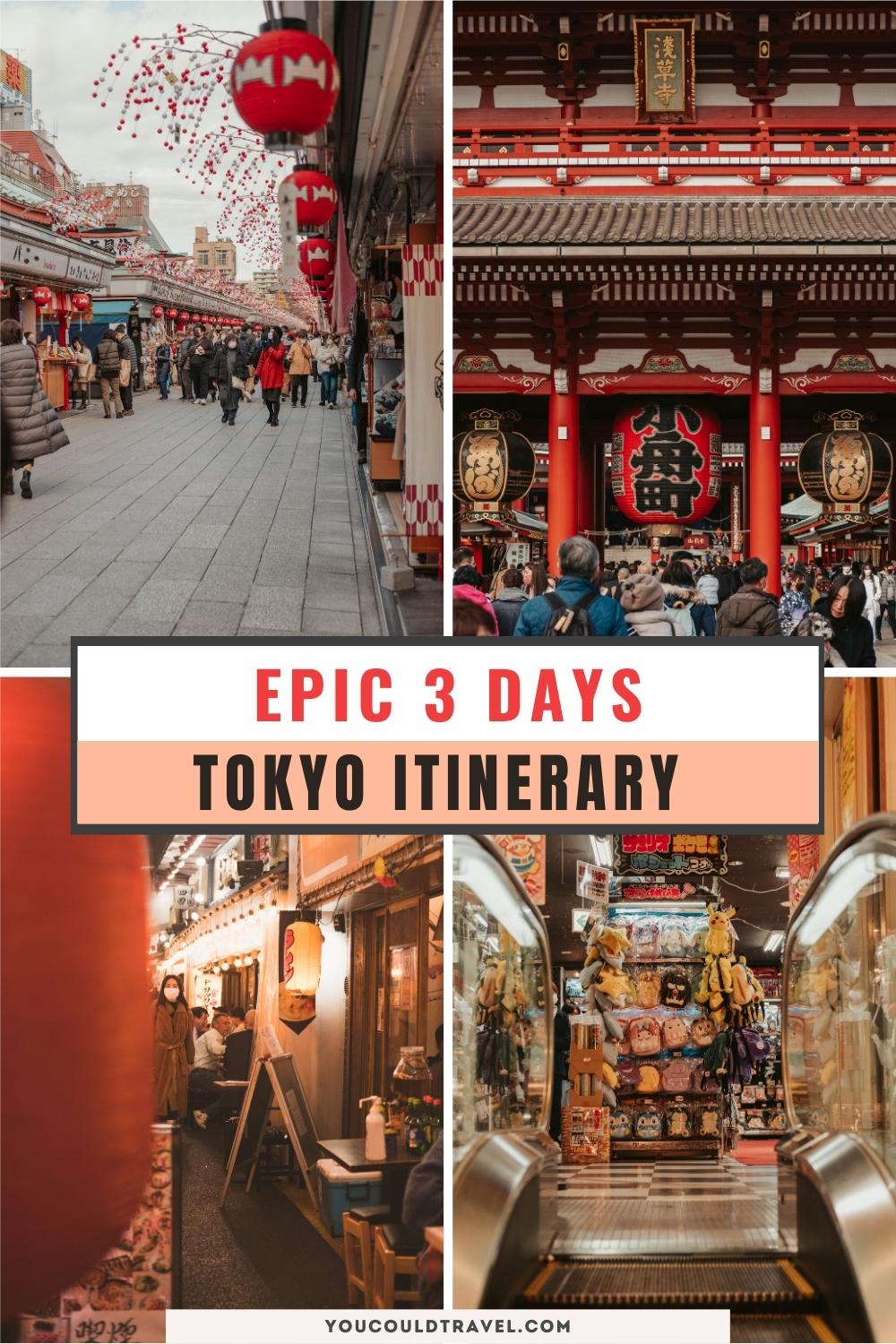

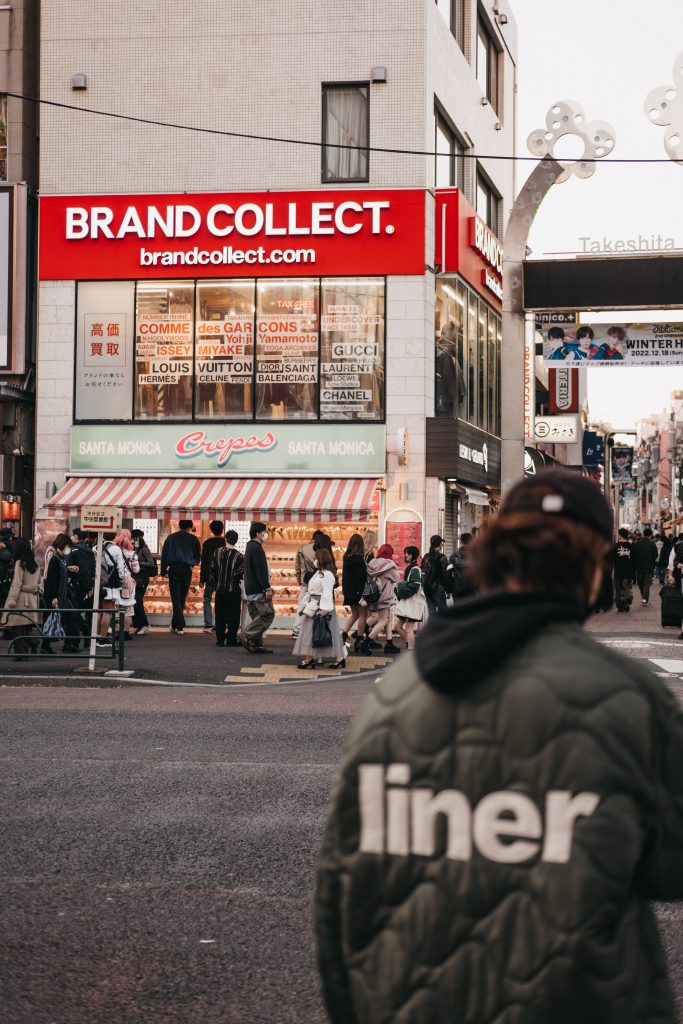
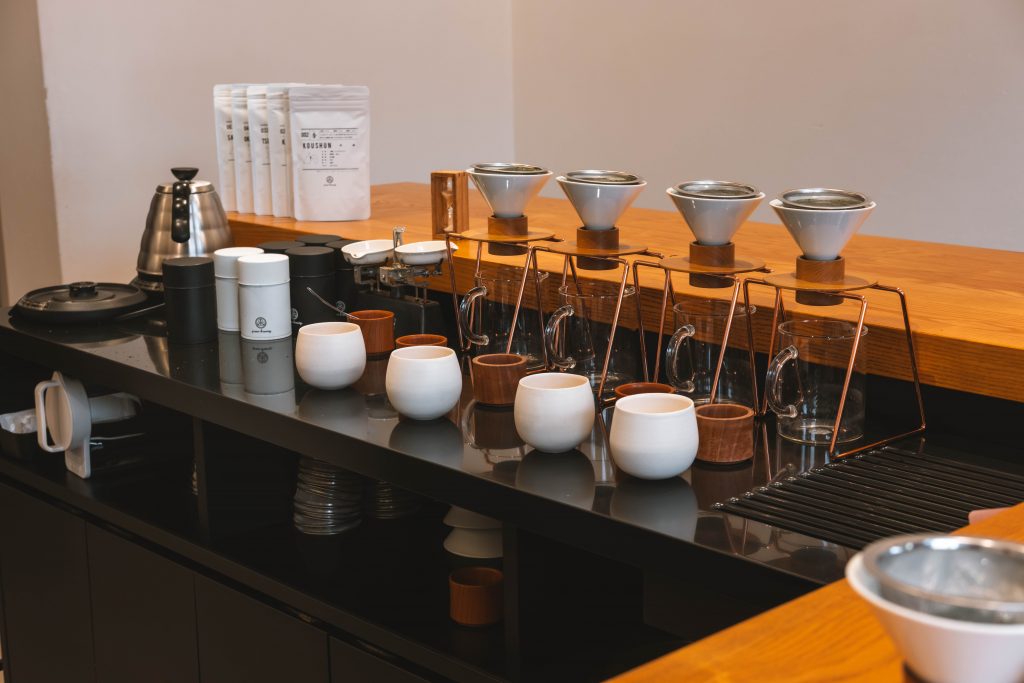
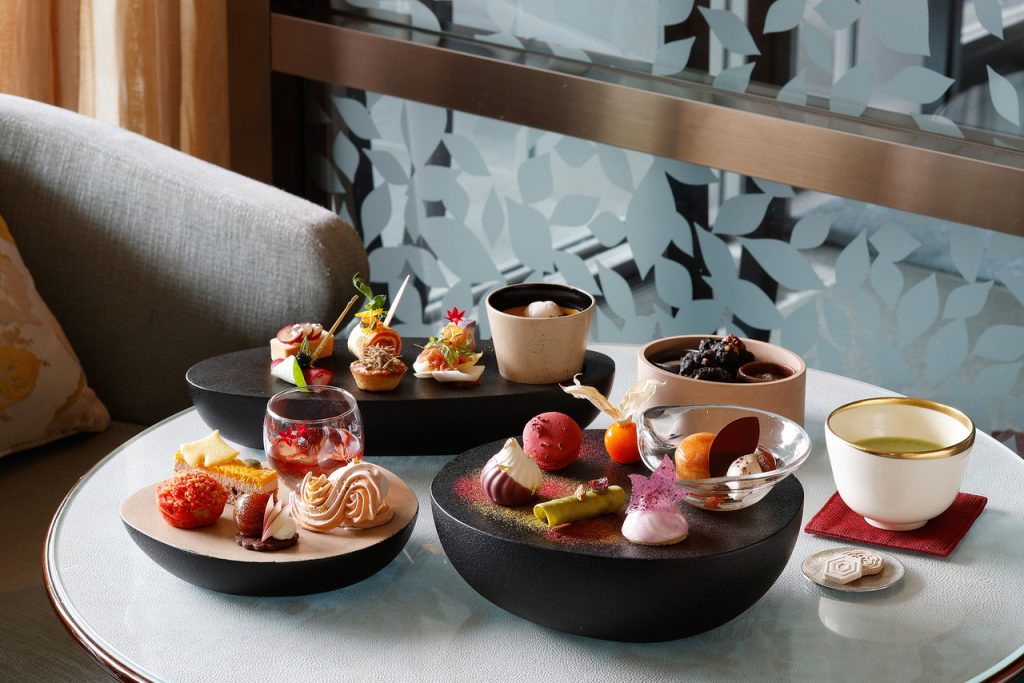
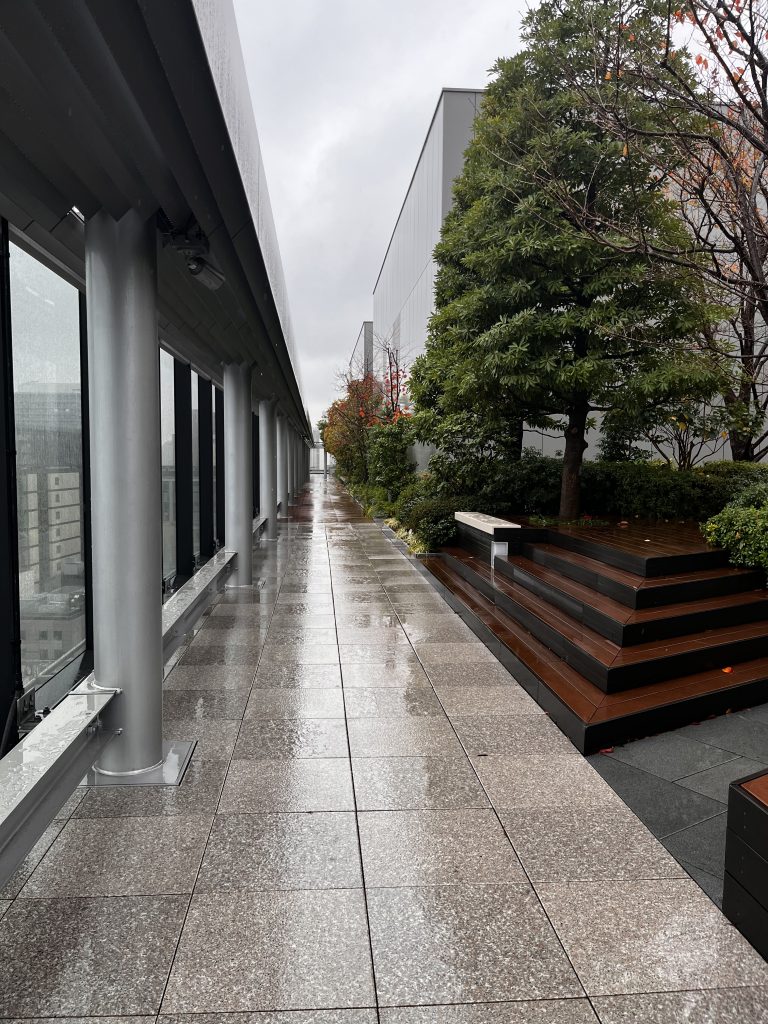
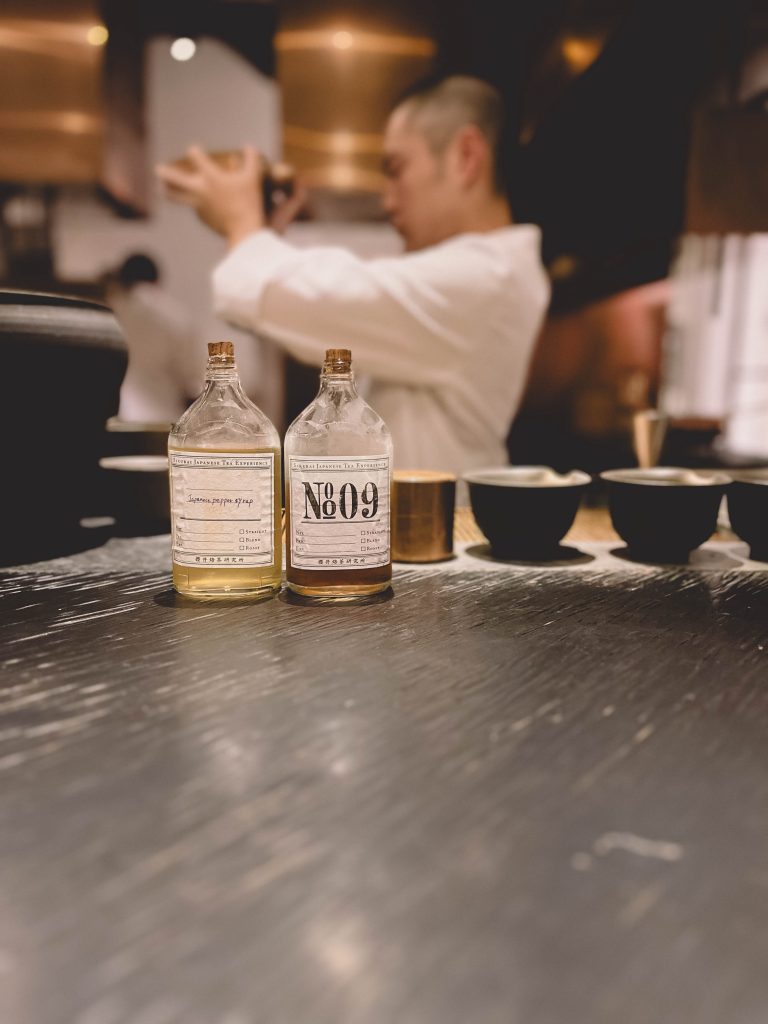


Leave a Reply